The taste of Nova Scotia food is the taste of the sea, of smoke, salt and stories. This inside guide to Nova Scotia cuisine links the region’s history to its future, in the tastiest way imaginable.
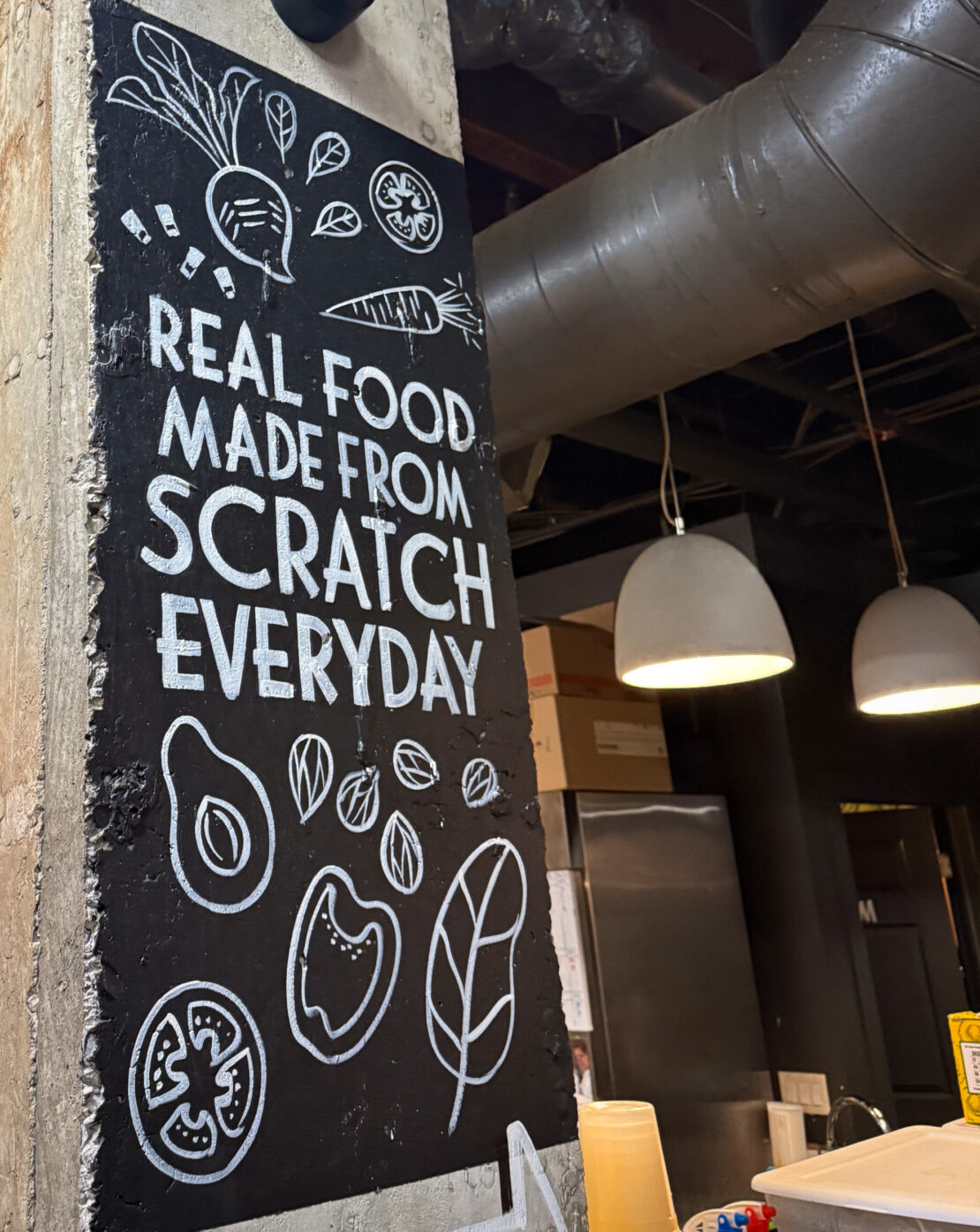



What to Know About Food in Nova Scotia
Not quite sure what qualifies as Nova Scotian cuisine?
In today’s interconnected world, it’s tempting to think you’ve seen it all before. Living in Cardiff, I can wander down the street and find authentic sashimi, handmade pizza, and an east African curried goat in less than ten minutes.
But, to my knowledge, we have no Nova Scotian eateries. Nor even a broader nod to the cuisine of Atlantic Canada. So, perhaps, there’s nothing new to discover?
Well, that would make for a boring travel article, not to mention a boring way of life. And, luckily it’s completely wrong.
I always try to seek out signature dishes as a way of getting underneath the skin of a destination. Food is linked to climate, land, history and culture, after all. It’s an important part of sustainable travel and, let’s be honest, it’s fun.
So, when I landed in Nova Scotia, I got to work.
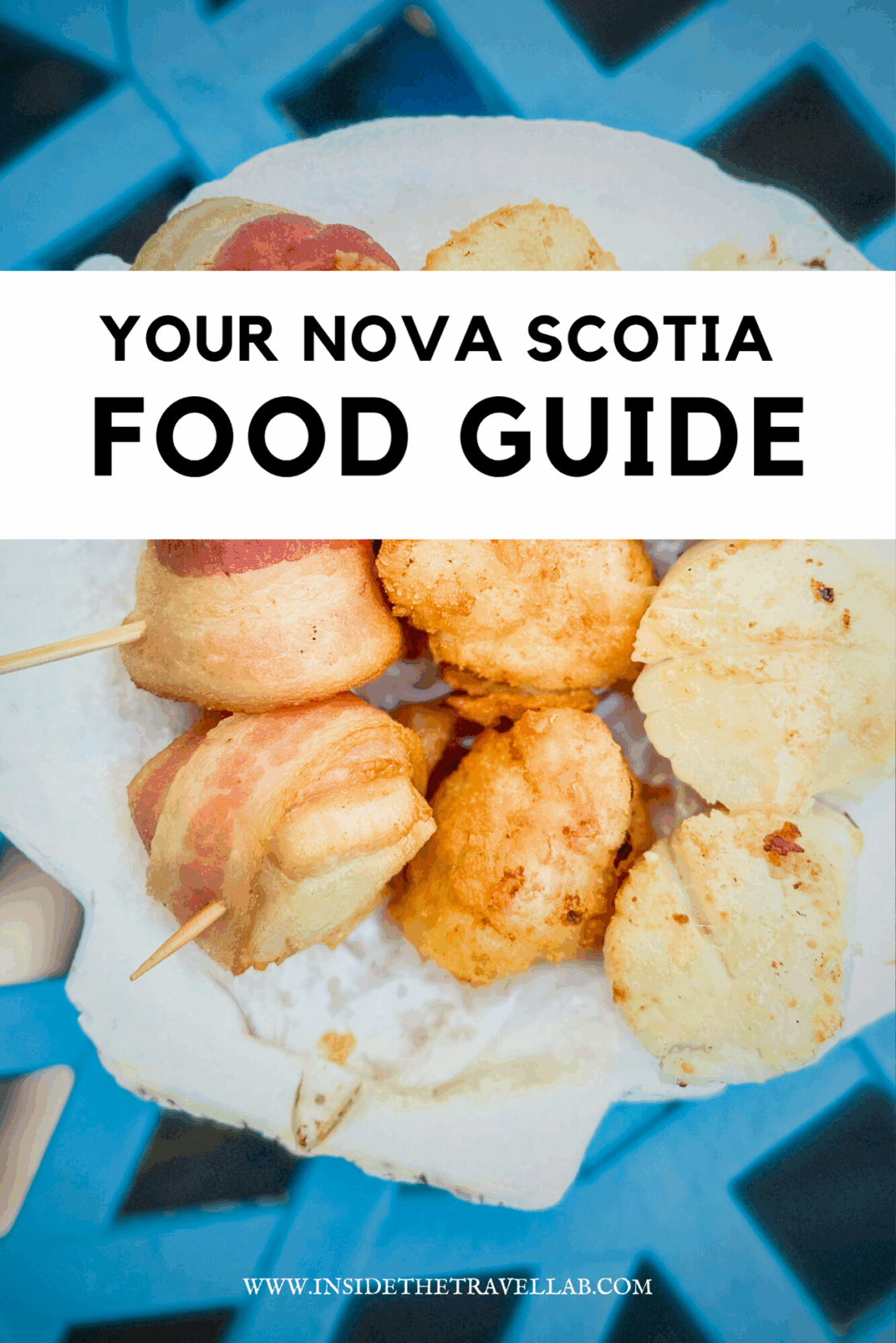

The Nova Scotia Food Challenge
In what old people used to call a magazine, dear younger readers, I found a sheaf of pages bound together, decorated with printed text at breakfast that first morning.
“Iconic Nova Scotia foods” led the headline, followed by a very old school series of illustrations and a page that you could tear out and keep with you.
I’m not sure why the wave of nostalgia washed over me right then, but it did. I decided to go retro. I would take the magazine page and set myself a challenge. With a 7 day Nova Scotia road trip opening up before me, how many of these iconic eats could I find?
The result is the focus of this article.
And your guide to what to eat in Nova Scotia: graded, ranked and ready for your delectation. Did I enjoy all of it? Truthfully, not really. Did I enjoy the chase! You bet I did.
I’m sharing some of my favourite spots from the road trip because I found the best food in the most surprising places – as well as the recommended best restaurants.
Disclosure: I travelled as a guest of Tourism Nova Scotia for review purposes. However, as ever, as always, I kept the right to write what I like. Also, if you book or buy through any of the links on this page, we may earn a small commission at no extra cost to you. Cheers!
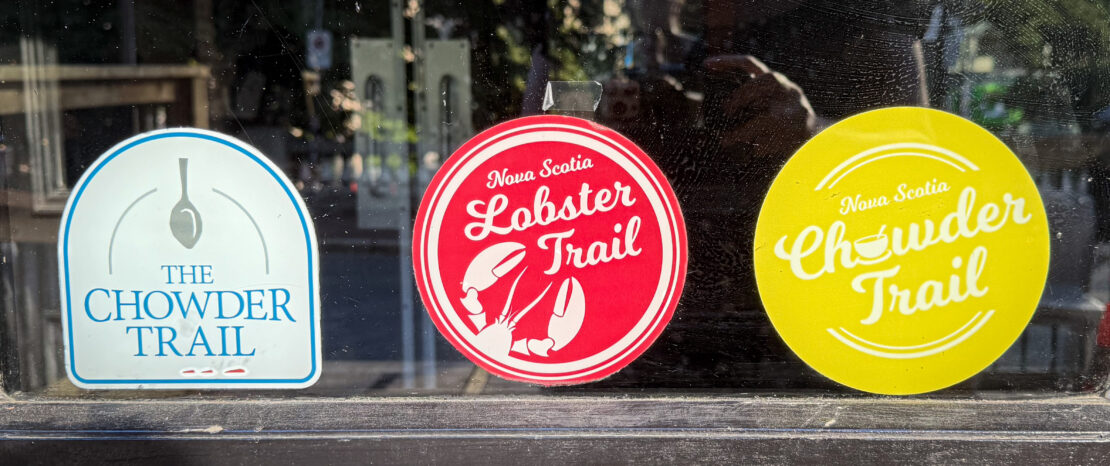

Nova Scotia’s Food and Drink Trails
I’ve not seen this anywhere else but it’s a great idea for locals and travellers alike. There are three apps, free to download, that guide you to recommended eateries on a map. You can check in and keep track, if you wish, and turn it into a competition with other foodies if you like. Or, you can keep it completely private and just use it to find new flavours.
Chowder Trail
Follow the coast in search of the province’s best seafood chowder. Dozens of restaurants from Yarmouth to Cape Breton take part, each with their own take on the creamy classic. Collect stamps or check in online as they taste their way around.
Lobster Trail
Celebrate Nova Scotia’s most famous export by sampling lobster in all its forms, from whole boiled lobster at Hall’s Harbour to inventive lobster tacos and rolls along the South Shore. The trail highlights both traditional shacks and contemporary kitchens.
Good Cheer Trail
Named after Samuel de Champlain’s 1606 “Order of Good Cheer,” this trail connects Nova Scotia’s wineries, craft breweries, cideries and distilleries. It’s the first trail of its kind in Canada and a great way to explore the Annapolis Valley, Halifax and Cape Breton through a glass.


Seafood Staples with a Twist
As I say, many of the traditional dishes you’ll find in Nova Scotia star seafood in some way.
And most of these aren’t too hard to track down. The fun comes in finding the best place to enjoy them, plus in pacing yourself through an itinerary.
Don’t worry if seafood leaves you squeamish, though. Nova Scotia isn’t a precious place and you won’t be lectured in the dining room. There’s almost always a decent alternative and land based option.
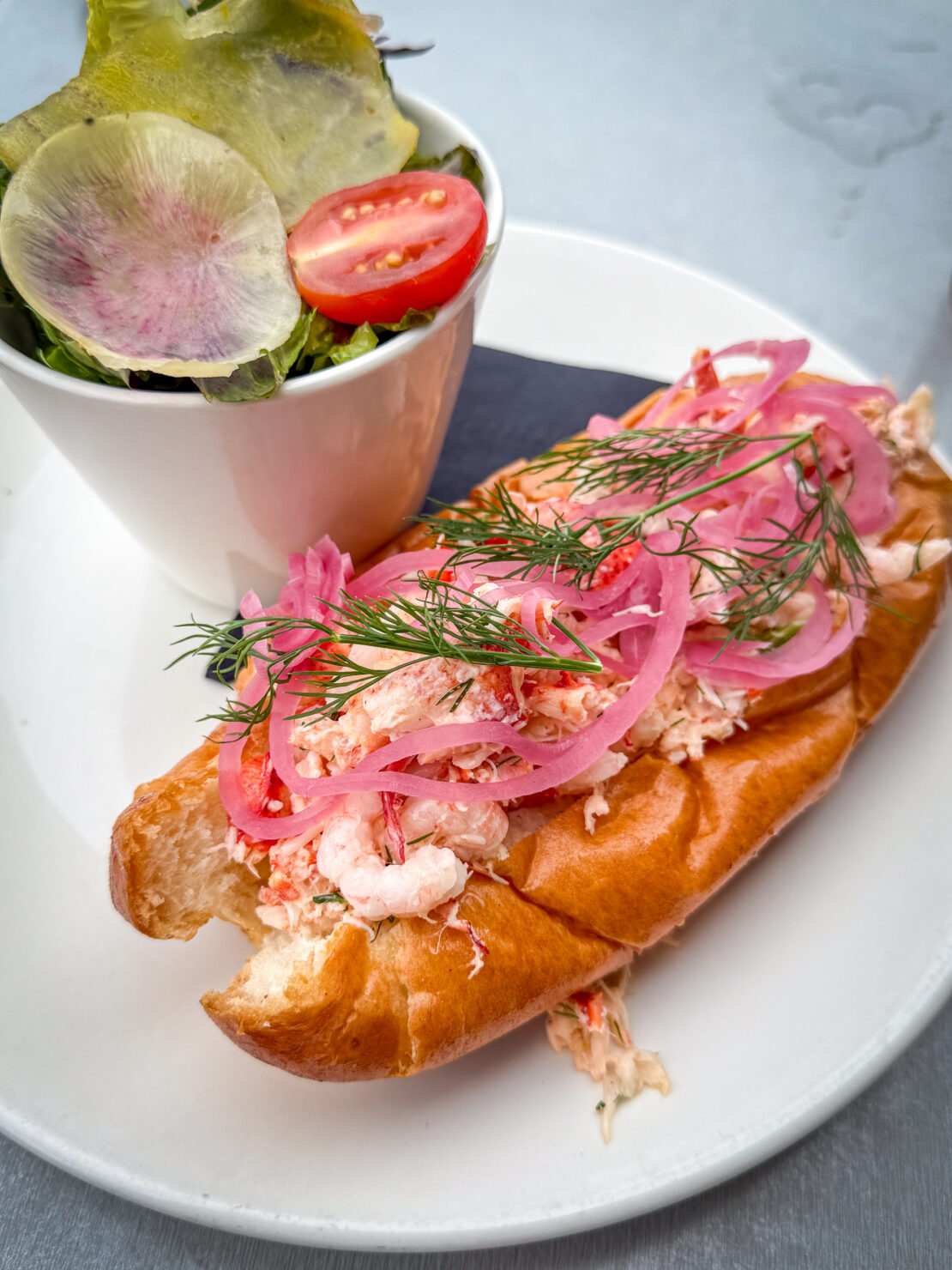

Lobster Rolls
First up is the lobster roll. Found just about everywhere, from the Halifax Waterfront to the rolling vineyards of the Annapolis Valley, the lobster roll takes the British idea of lobster as an upmarket treat and sets it out to sea.
A true Nova Scotia lobster roll keeps things simple. The filling is made with generous chunks of fresh lobster meat, lightly dressed with mayonnaise, sometimes a touch of lemon juice or celery, and never so much that it masks the flavour of the lobster itself.
The bread is almost as important: a soft, top-split hot dog bun, buttered and toasted until golden. (Although, I think I found quite a few places that serve the lobster roll on brioche.)
You’ll be asked if you want it warm or cold. Having tried both, cold makes sense to me. Otherwise, it’s a bit like heating up a prawn sandwich.
The best way to eat it is to simply pick it up as you would do a hot dog. It often comes served with crisps or chips, so, as I say, it’s usually a casual if popular dish.
Where to eat it: you won’t struggle to find a lobster roll but if you follow this Nova Scotia itinerary then it makes sense to save this dish for the pine shaded picnic area of Kejimkujik National Park. Or, if you find yourself in the Annapolis Valley region, Luckett Vineyards serve a mean one too.
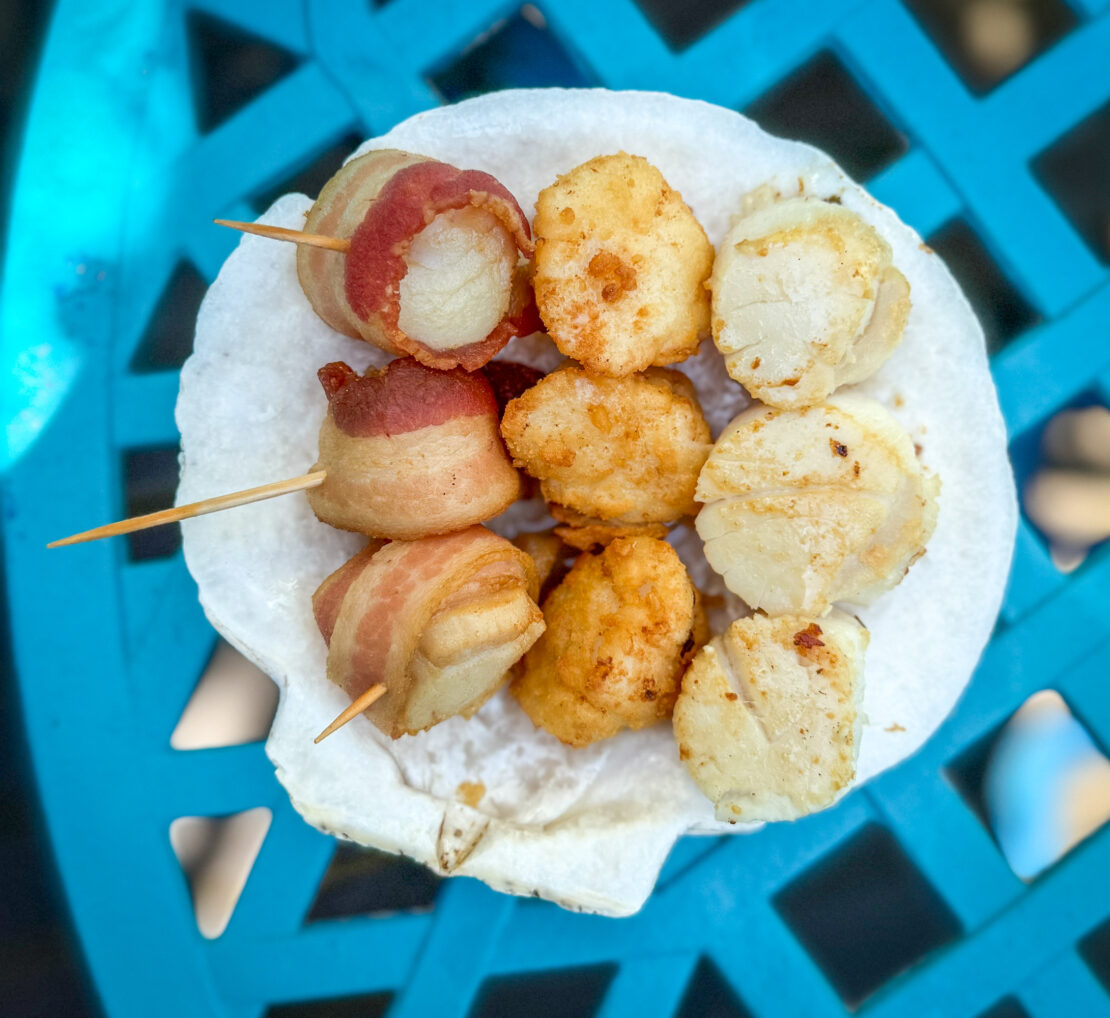

Digby Scallops
Famed worldwide, Digby scallops are sweet, plump, and best enjoyed close to the source.
Digby celebrates them every August with the Scallop Days Festival, but you’ll find them year-round in local restaurants.
Not sure how to have them? I ordered a platter to try as many as I could.
Like the lobster roll, this isn’t a fancy dining experience and you don’t need to wear your Sunday best. The scallops come on a paper wrapper with a side of chips (fries) while diners sip soda from plastic cups.
Where to eat it: pick a restaurant along the main street of Digby, Scallop Capital of the World, and look out over the Bay of Fundy as you eat. I recommend The Crows Nest.
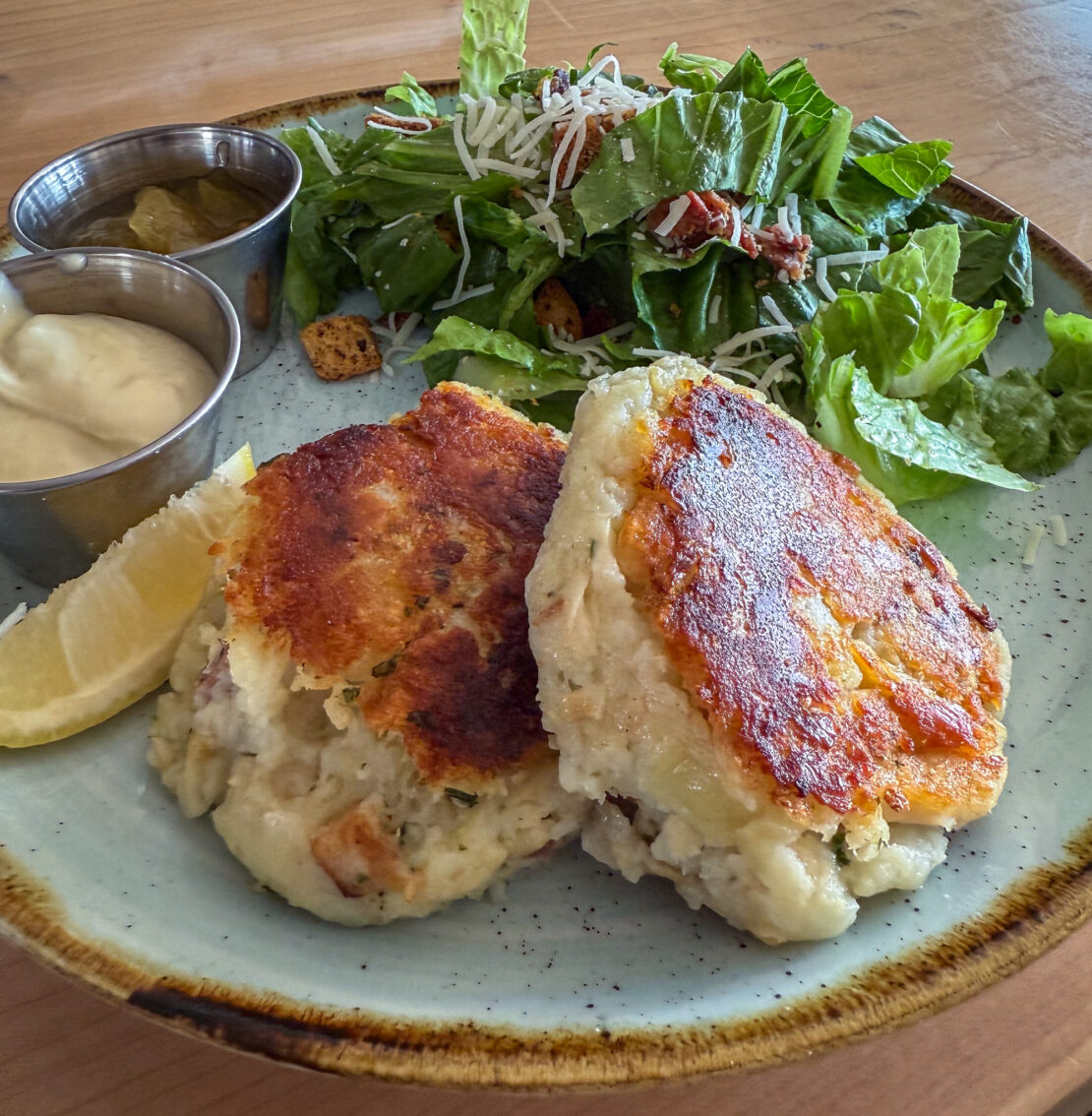

Salt Cod Fish Cakes
Once central to Nova Scotia’s economy, cod remains a cultural touchstone. Salt cod fish cakes are a taste of Nova Scotia’s fishing history, back from when dried, salted cod was a staple exported across the Atlantic. The fish is soaked to remove excess salt, then flaked and mixed with mashed potato, onion, and sometimes fresh herbs before being shaped into patties and pan-fried until crisp and golden.
They’re usually served with baked beans or a slice of molasses brown bread. Again, it’s a hearty, unfussy meal that speaks of working life by the sea. One of my favourites, the fish cakes are meant to be filling, comforting and rustic.
Where to eat it: Salt Shaker Deli in Lunenburg serves excellent salt cod fishcakes with sides of tomato chow and Caesar salad.
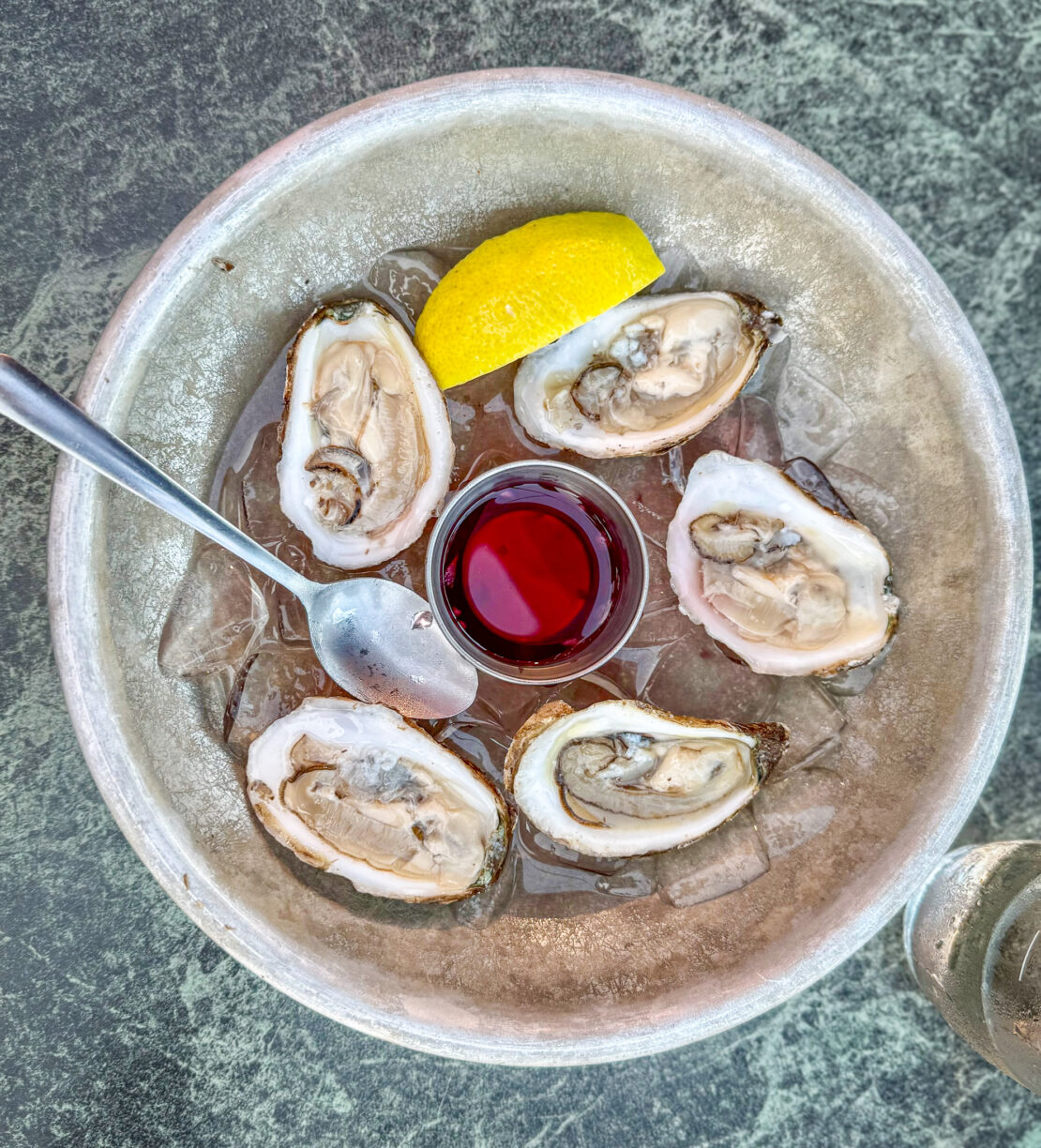

Sober Island Oysters
On Nova Scotia’s Eastern Shore, Sober Island oysters are prized for their clean, briny flavour with a mineral edge that reflects the cold, tidal waters they grow in. They’re typically served raw on the half shell over ice, with little more than a squeeze of lemon or a mignonette sauce (red wine vinegar and shallots.)
The key is freshness: they’re best eaten within sight of the sea. And, no, you don’t need to be sober to taste them.
Where to eat it: I found also found lovely oysters at The Old Fish Factory on the boardwalk in Lunenburg.
Solomon Gundy
Pickled herring with onions, usually served as an appetiser with crackers. You’re most likely to encounter it in traditional delis and on Cape Breton menus. I’m annoyed to report that this one eluded me. I’ll have to keep it on my list for next time around.
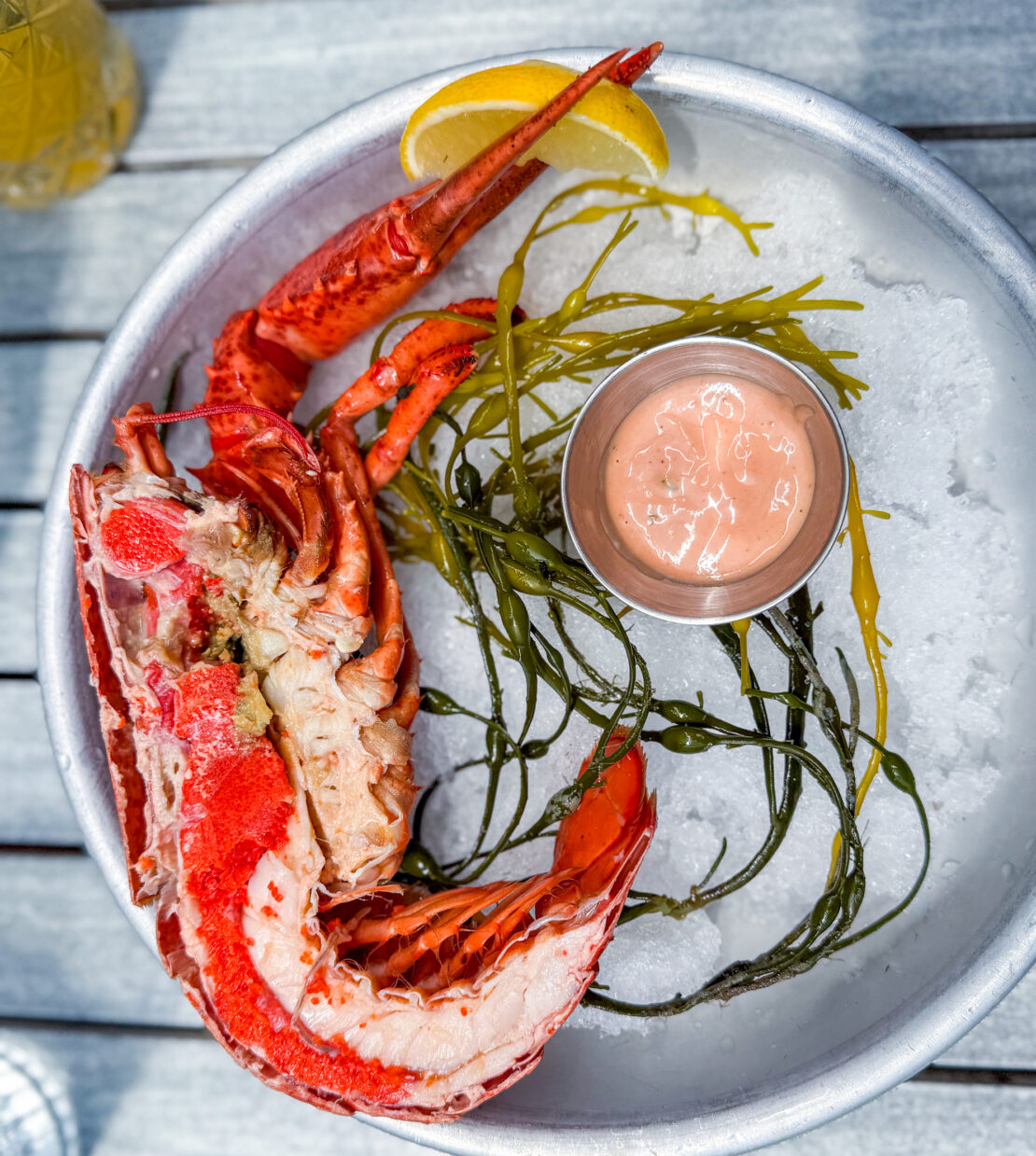

Whole Lobster
Cracking open a bright red lobster is as Nova Scotian as it gets – and a traditional lobster dinner is something of a rite of passage. I warmed up with a half lobster order on the lovely streets of Lunenburg, but for the real thing there was only one place to visit: Hall’s Harbour on the north shore.
At Hall’s Harbour, near Wolfville, you can pick a live lobster straight from the tank, watch the chef weigh it and then tuck into the meat with a view of the Bay of Fundy tides rising and falling outside.
And this sentence needs to be unpacked for me to give you a sense of what’s going on.
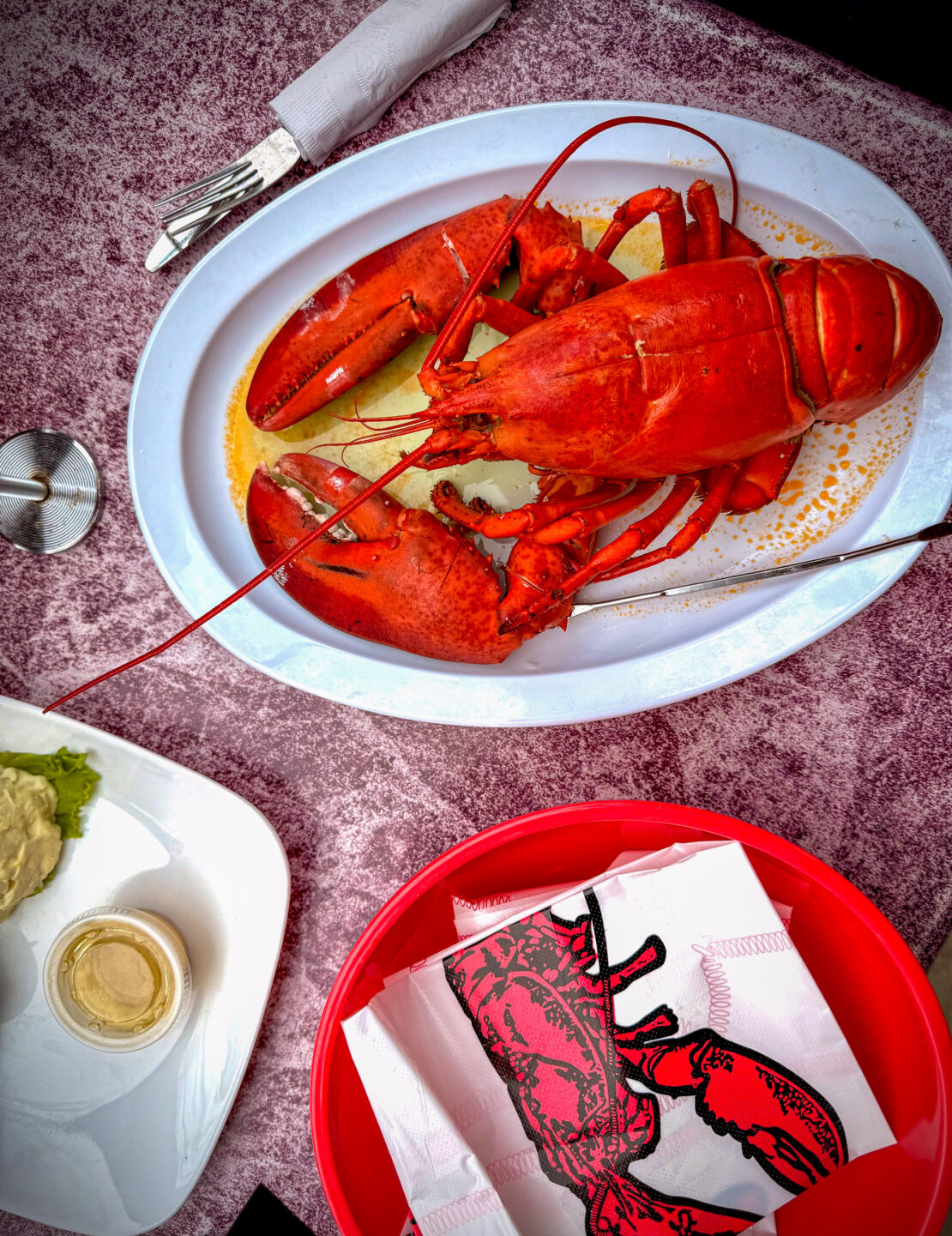

Why You Need to Know About the Bay of Fundy Tides
First, the Bay of Fundy tides.
The Bay of Fundy, stretching between Nova Scotia and New Brunswick, is home to the highest tides on Earth. They rise and fall by as much as sixteen metres each day.
Twice daily, the sea rushes in and out, revealing vast mudflats, sculpted cliffs and harbours where fishing boats sit on the seabed before floating again a few hours later. The powerful tides stir up nutrients that feed plankton and fish, creating ideal conditions for lobster and scallops and sustaining one of Canada’s richest marine ecosystems.
To see it with your own eyes is phenomenal.
What You Need to Know About Lobster
Then, the lobster. Truthfully, I had nightmares by the end of my tour as the wave of reality hit. Did you know that lobsters urinate from their face and eat other in the tank if their clips are not bound? And that’s not all but I think it’s best to leave it there for now.
Nova Scotia exports around 50,000 tonnes of lobster each year, making it the province’s most valuable seafood export. Harbour Hall may look like a sweet nostalgic shack, but it’s one of the world’s most valued exporters, with crates leaving nightly to fly to China and beyond. You can even watch the small fishing vessels head out to sea as you lick your fingers at sunset.
It’s a ritual as much as a meal, complete with bibs, crackers and plenty of melted butter to help you confront your own best lobster. There’s a technique you need to know, that I cannot share with you. Not out of a sense of mystery or suspense, but more ineptitude.
But don’t worry. The servers will help you out – even if it is out of a sense of pity.
Where to eat it: Hall’s Harbour for the real deal or 5 Fishermen in Halifax for a more fine dining atmosphere.
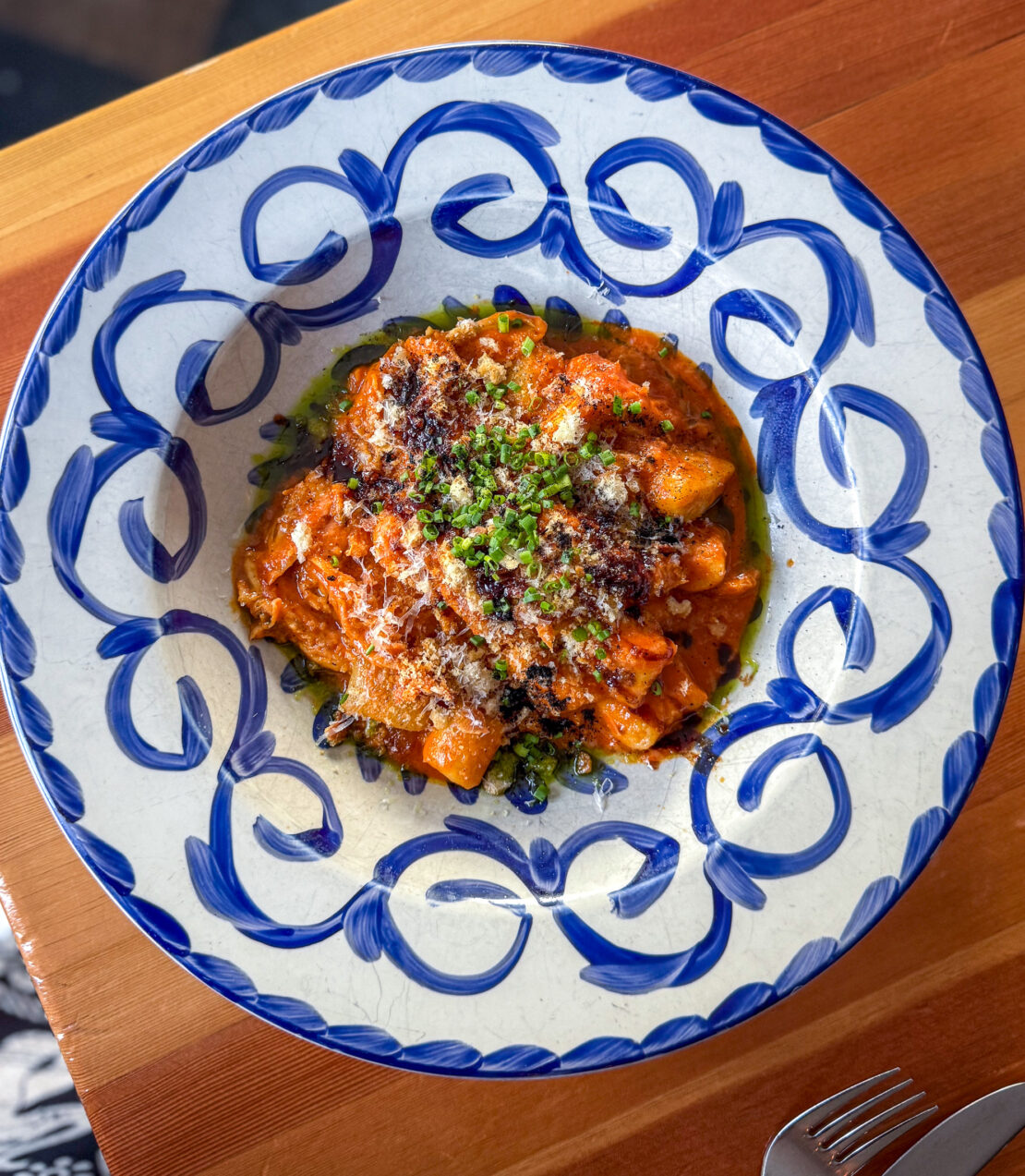

Local Comfort Classics
I visited Canada’s adventure playground during the summer, when the sun shone most of the time and one of the best things to do was to sit and dine outdoors. But the winters are snowy, cold and harsh, and that’s where the comfort food comes in.
Hodge Podge
As a cream-based stew of summer vegetables, hodge podge is simple but deeply tied to farming traditions. Wolfville, at the heart of the Annapolis Valley, is the best place to try farm-to-table versions when vegetables are in season.


Donair Pita
Halifax’s official food: spiced ground beef, onions and tomatoes wrapped in a pita with sweet garlic sauce. The dish was invented here in the 1970s and remains a city classic.
I’d describe it as an acquired taste, the sweetness tastes like condensed milk and it’s an unusual pairing with such a savoury snack. If you’re feeling really bold, you can look out for a donair pizza and put the taste experiment together in a whole new way.
Deep Fried Pepperoni
It sounds unlikely, but deep fried pepperoni is a pub favourite across Nova Scotia. Order it with honey mustard in a casual bar in Halifax after a day of exploring the harbourfront. I missed my chance on the first night and never saw it again.


Garlic Fingers
Pizza-style dough topped with garlic butter and cheese, cut into strips, and dipped into donair sauce. It’s apparently a late-night staple in Halifax, often ordered alongside a donair pita, to give you a better chance of dodging a hangover the following day.
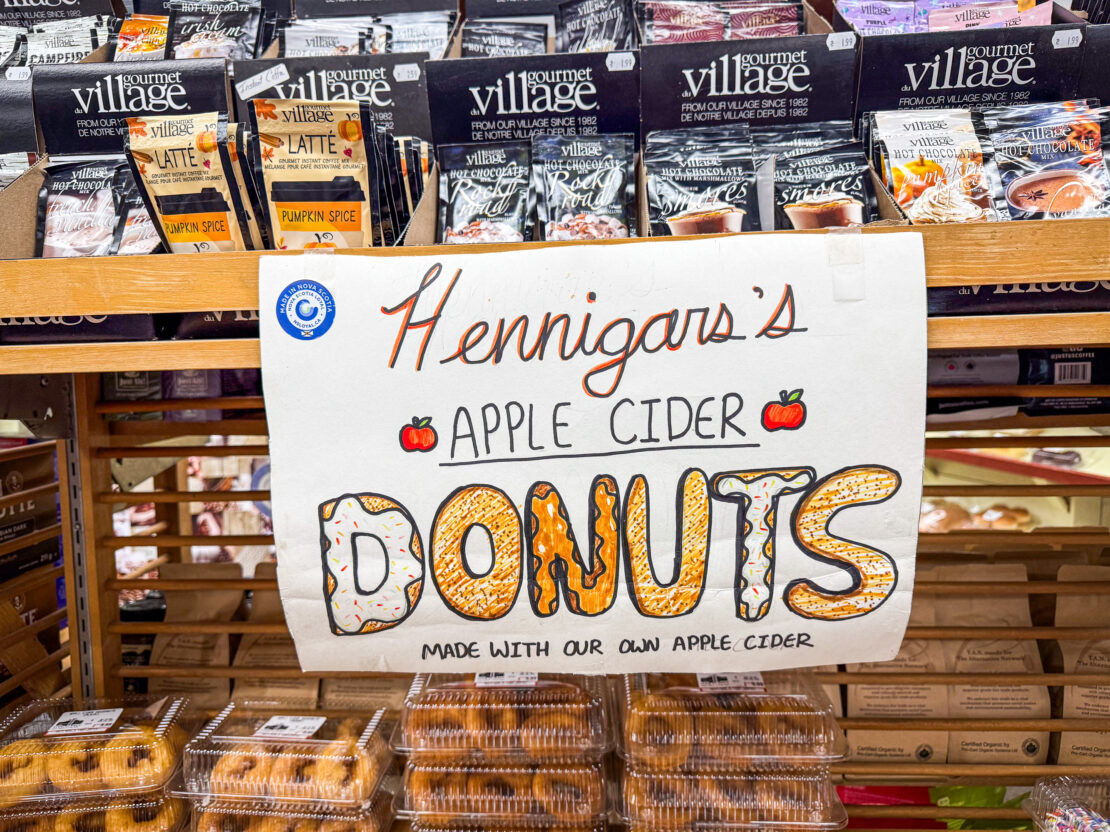

Sweet Bites and Bakes
Nova Scotia excels at cute and cosy cafes and local delis packed with delicious foods.
Oatcakes
A nod to Scottish heritage, oatcakes are versatile biscuits that can be savoury or dipped in chocolate. Bakeries in Lunenburg and Cape Breton still make them in the traditional way and you can almost take yourself on an oat cake crawl through parts of Mahone Bay. Look out for The Kiwi Cafe in Chester, in particular.
One word of advice, though. In a reversal of fortune with the lobster, oat cakes are a rather pricy treat compared to in the UK. You do get more bang for your buck, though, they come in the size of a hockey puck instead of a flat, small wafer.
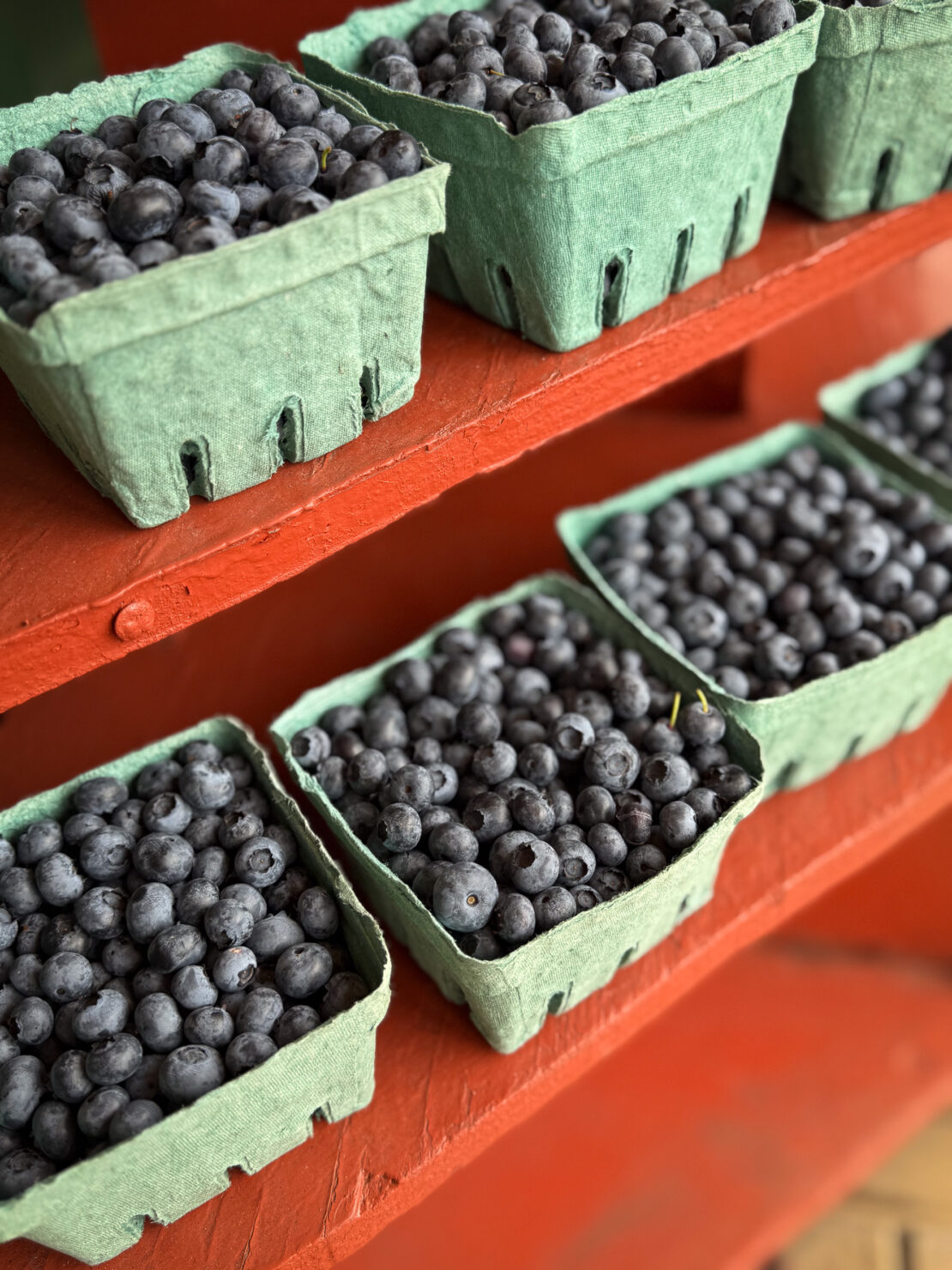

Blueberry Grunt
Blueberries are big news in Nova Scotia and small, sweet wild blueberries are stewed beneath dumplings until the fruit bubbles and makes a “grunting” sound. The Annapolis Valley, with its summer blueberry harvests, is the best place to try this dish, along the Acadian shores.


Moon Mist Ice Cream
Moon mist was my nemesis this summer. Despite being advertised just about everywhere, it had sold out in many of the places I stopped.
I finally found one in Lunenburg (saviour of this particular food quest.)
Pastel swirls of banana, grape and bubblegum make Moon Mist a distinctly Maritime – and marmite – treat. You either love it or hate it, especially if you’re not in the market for bubblegum ice cream.
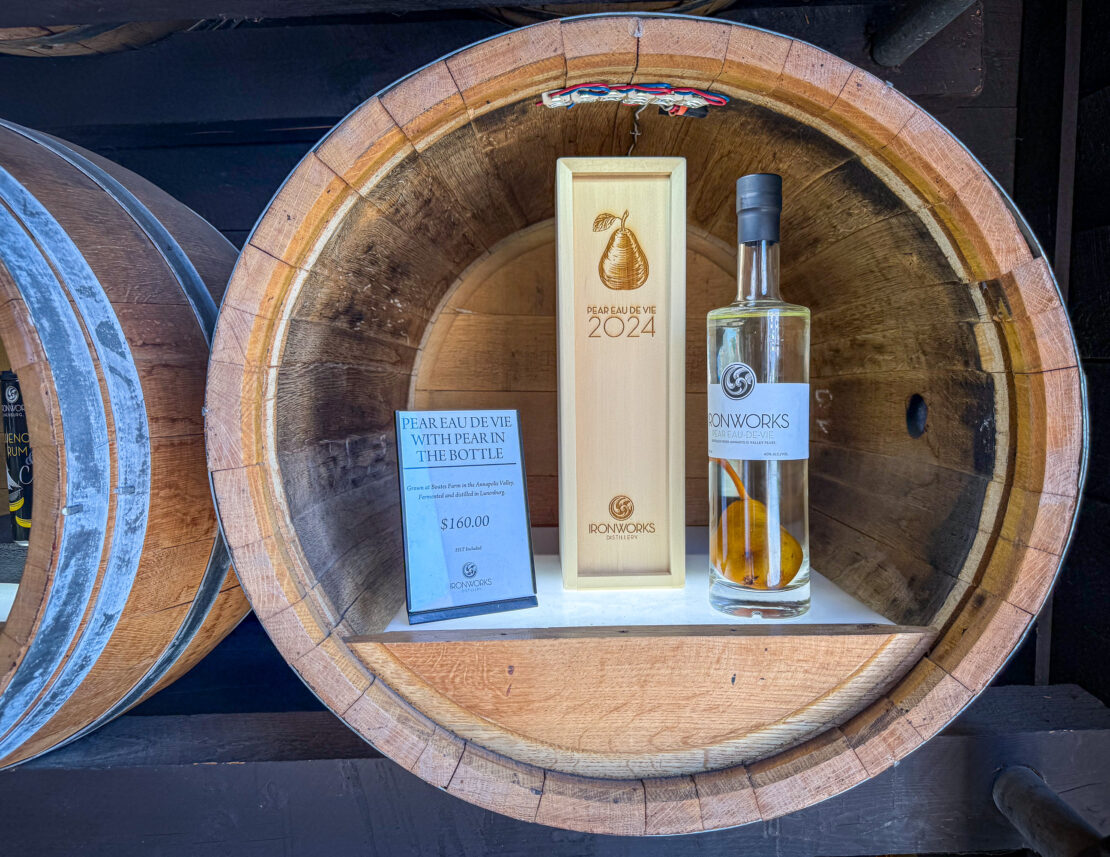

What to Drink
The food doesn’t have all the fun. Canadian innovation, combined with influences from the spirits of Scotland and the vineyards of France, have led to plenty of options.
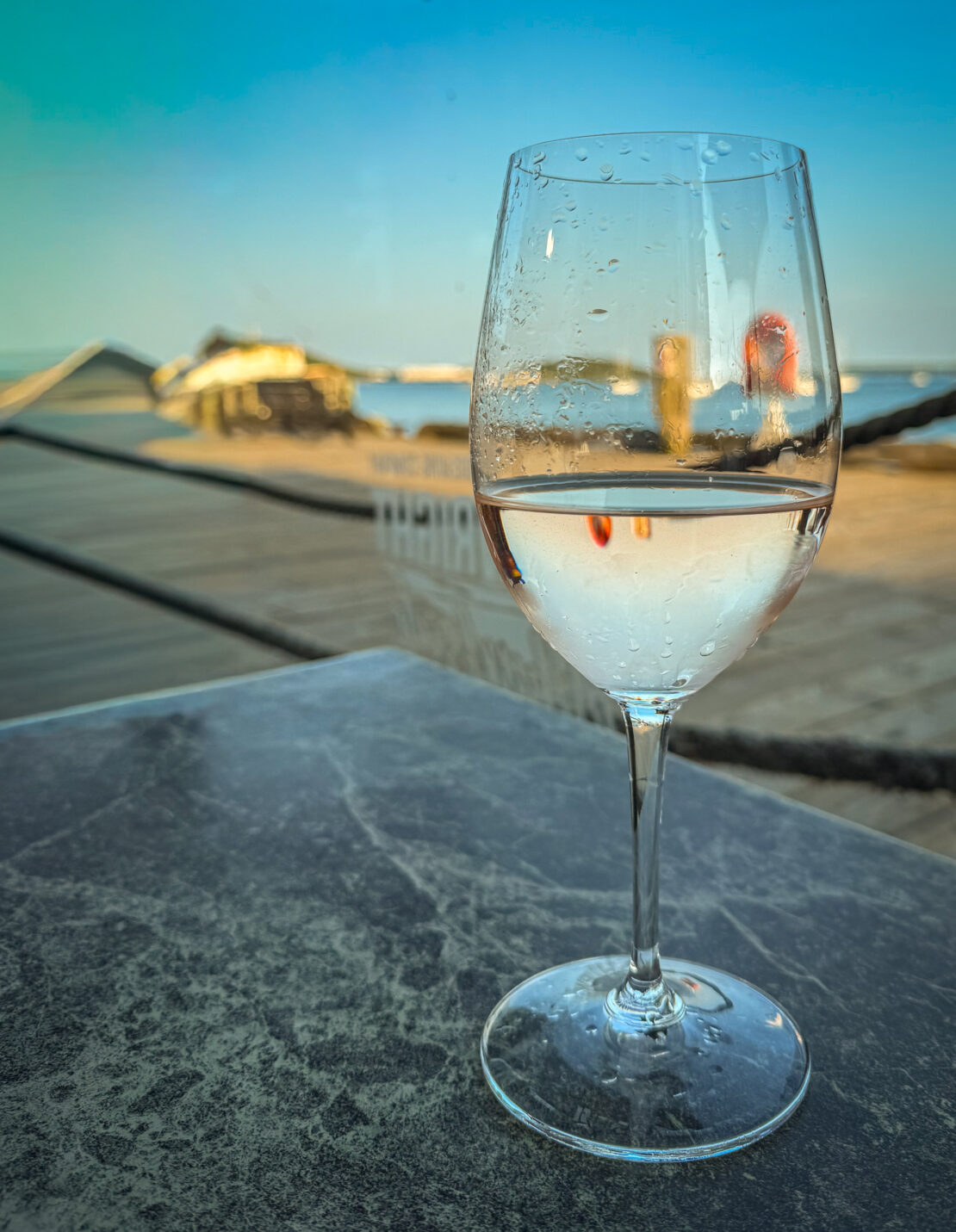

Tidal Bay Wine
As Nova Scotia’s first appellation wine, Tidal Bay is crisp, aromatic, and designed to pair with, you guessed it, seafood.
The rolling hills around Wolfville form the heart of Nova Scotia’s wine country, where the cool climate and mineral-rich soil create the aforementioned crisp and aromatic taste. It helps that the mainly French settlers farmed the land here, making wine a natural product to develop.
Three standout wineries sit within easy reach of town.
Domaine de Grand Pré, one of the province’s oldest vineyards, combines European winemaking traditions with Canadian innovation, offering guided tastings and a fine dining restaurant overlooking the vines.
Just up the road, Luckett Vineyards is known for its lively Tidal Bay blend and the bright red British phone box set among the rows (a whimsical nod to owner Pete Luckett’s roots.)
Nearby, Lightfoot & Wolfville takes a biodynamic approach, producing elegant chardonnays, sparkling wines and pinot noirs with sweeping views across the Minas Basin.


You can visit as part of the Magic Winery Bus Tour if you don’t have a designated driver. Or, walk into town for a DIY approach.
Spirits
But wine is not the only drink in town.
Housed in a restored 19th-century marine blacksmith’s shop in the UNESCO World Heritage town of Lunenburg, the Ironworks Distillery serves up apple-based vodka and rum aged at sea, along with blueberry and cranberry liqueurs made with local fruit.


What About Beaver Tails and Poutine?
If you’ve heard of maple syrup and beaver tails, you may wonder what’s happened to them on this guide to Nova Scotian food. Well, they’re not particularly from this part of Canada. But don’t worry, you can find them, particularly in Halifax.
No idea what I’m talking about? Here’s a super quick guide…
- Beaver tails: fried pastry topped with chocolate or sugar, so named because they come in the flat shape of a beaver tail.
- Maple syrup: the best in the world but the heartland lies further west in Quebec and Ontario.
- Waffles with maple syrup: you can still find waffle makers in many hotels but see above for the maple syrup.
- Poutine: a more than hearty mix of chips, cheese curds and hot gravy, originally from Quebec but found across Canada in countless variations.
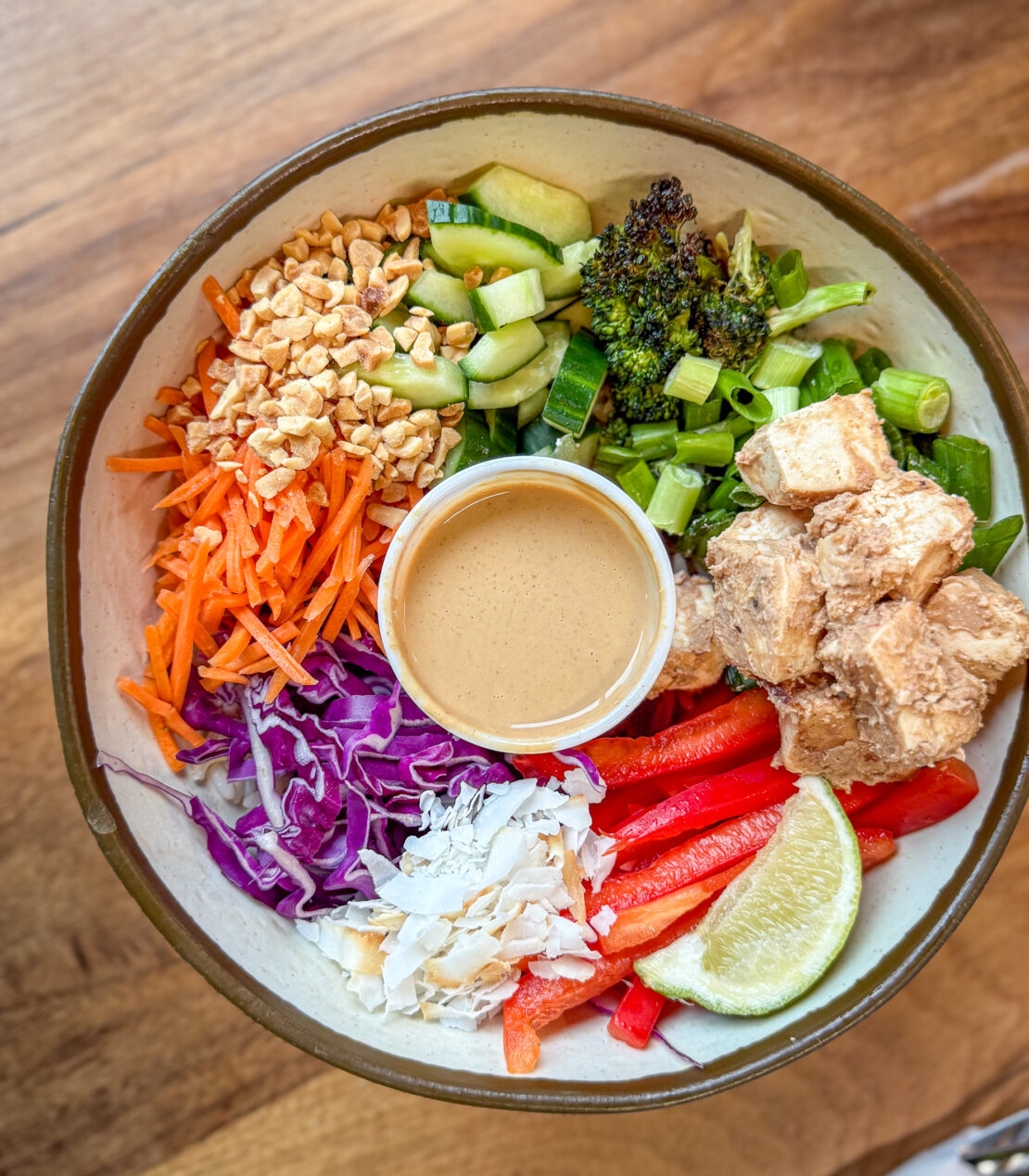

Practical Tips for Eating in Nova Scotia
- Halifax is the best starting point for fine dining but also other famous Canadian snacks and late-night donairs. Digby is the place for scallops, while Wolfville excels at farm-to-table dining and local wine.
- Look out for farm shops, they’re fantastic! There’s a huge one in Wolfville with great fudge.
- Blueberries peak in August, and lobster is available year-round.
- Portions are generous and sharing is common, especially at lobster suppers.
- You have to book in advance much more than I’m used to. It’s easily done online, though, so I’d always recommend it for anywhere you have your heart set on, even if you’re booking for the same day.
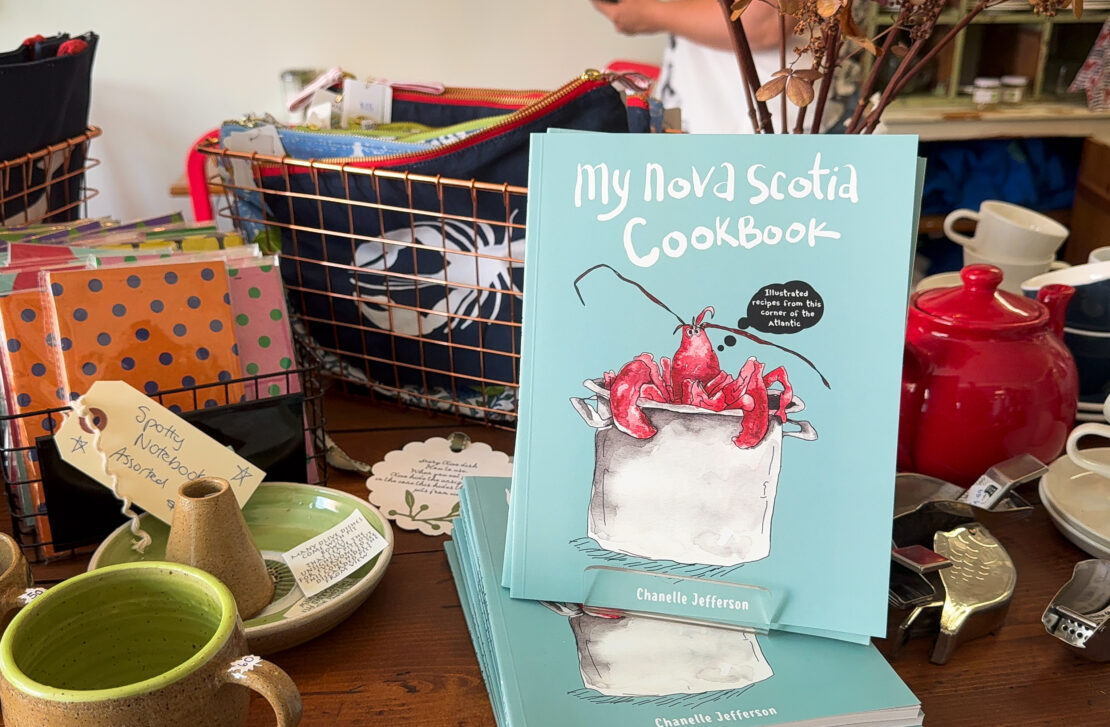

So How Did My Nova Scotia Food Challenge Go?
Despite asking around, I never managed to find a proper serving of hodge podge in a restaurant, and asking for a Solomon Gundy earned me more than one raised eyebrow.
But I’m still so glad I did it. It sparked lots of conversations with people, pushed me to try something new and, most of all, it was fun!
So, go forth and travel and taste! And come back and let me know just what I was missing.
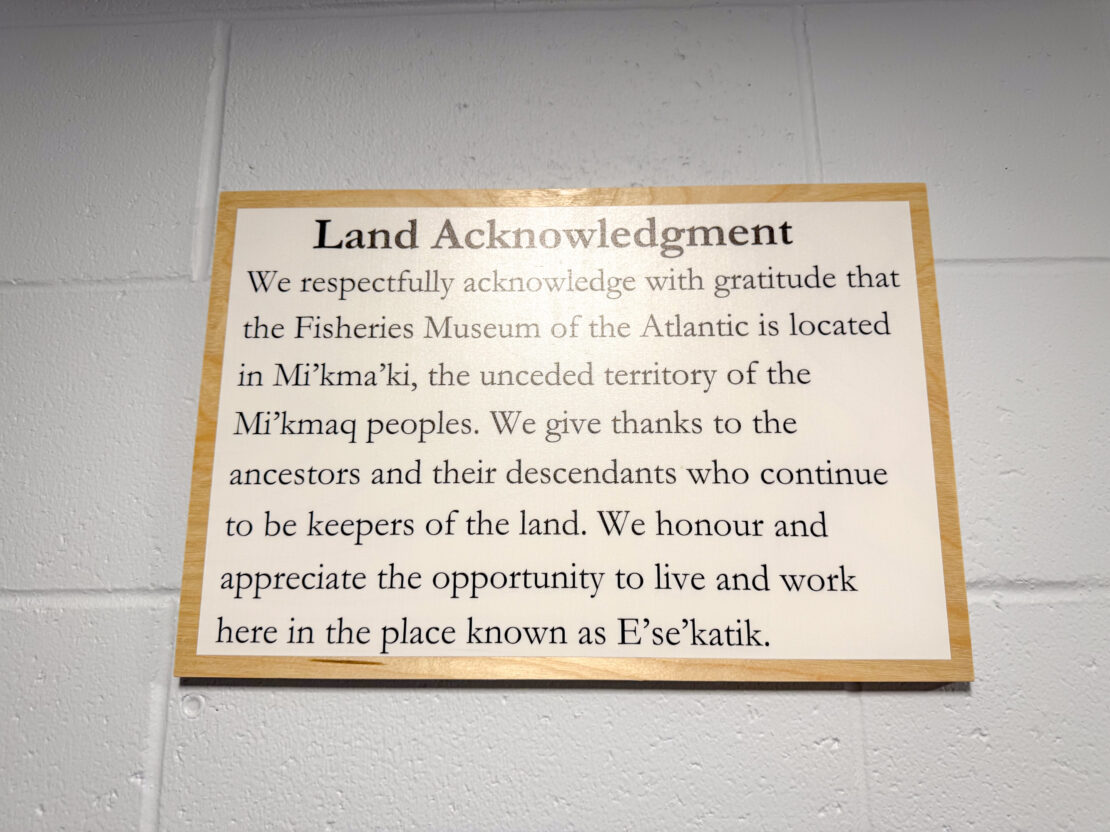

More About North America

